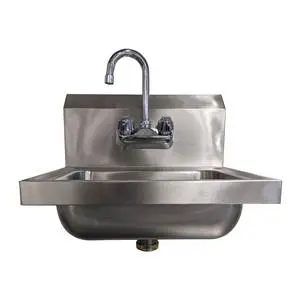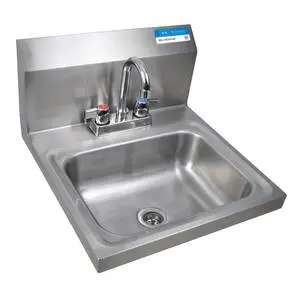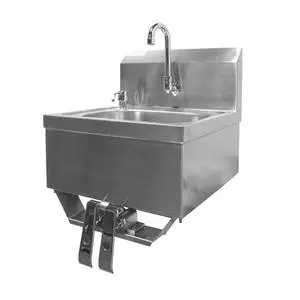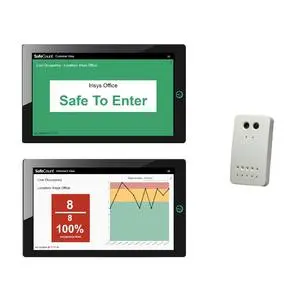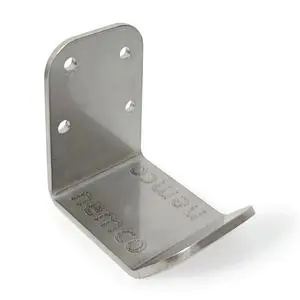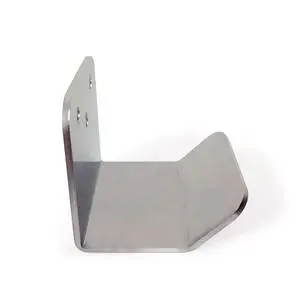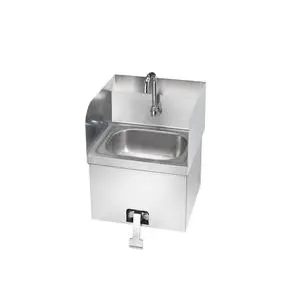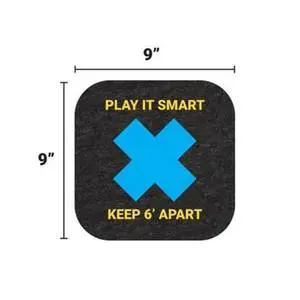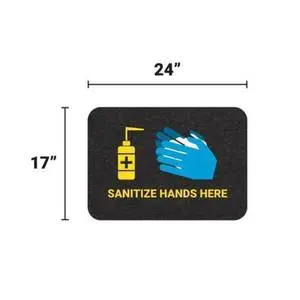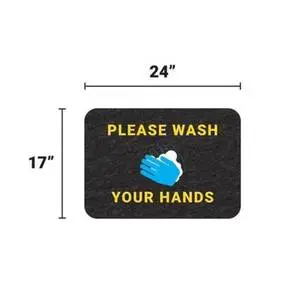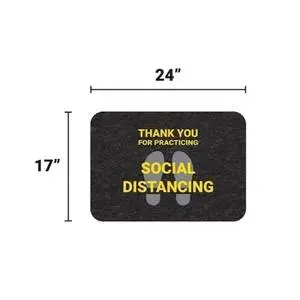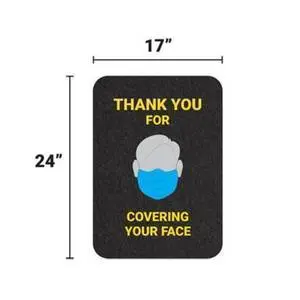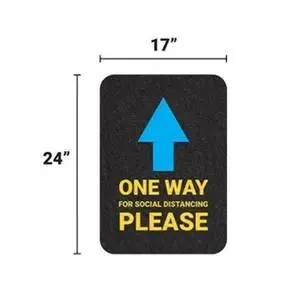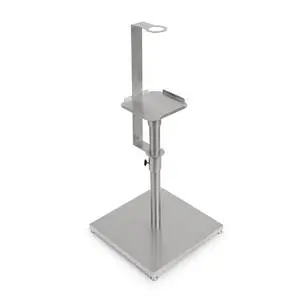How to safely reopen your restaurant after COVID-19

Restaurants have begun to reopen just weeks after the coronavirus put most of the country on lockdown. As mandatory shutdowns and restrictions are lifted, many restaurant owners and operators will need to adhere to a different set of guidelines to safely reopen their doors to dine-in customers. In order to help those in the foodservice industry, we have put together a list of tips to safely reopen.
Reach out to your staff
Communicate with your FOH and BOH employees. If some but not all your staff plan to return to work, you may need to spend some time recruiting for those positions. Consider hosting a hiring event to recruit new employees. Now is also a good time to update your training procedures so your staff is prepared to follow new policies and procedures that will need to be implemented as you prepare to open your dining areas.
Keep cleanliness and safety top priority
Reducing the risk of exposure to COVID-19 by cleaning and disinfecting is an important part of reopening dining rooms that will require careful planning. Have a plan in place to make sure your restaurant is well-kept and cleaned properly and thoroughly. Follow all CDC and local health department guidelines to keep your restaurant germ-free. Consider keeping an hourly/daily/nightly routine to cleanse your restaurant. Routine cleaning and disinfecting decreases how much of the virus is on surfaces and objects, which reduces the risk of exposure. Concentrate heavily on frequently used surfaces including door handles, light switches, restrooms, tabletops, counters and POS and beverage stations. If disinfectants are in short supply, alternative disinfectants can be used (for example, 1/3 cup of bleach added to 1 gallon of water, or 70% alcohol solutions). Bleach solutions will be effective for disinfection up to 24 hours, according to the CDC.
Encourage proper hygiene
Urge staff to frequently wash their hands and wear face masks. Place signs around the kitchen and bar areas reminding them to wash their hands, sanitize, and avoid touching their face. Provide hand sanitizer, including contactless hand sanitizing stations for staff and customers.
If possible, consider using pre-rolled silverware and disposable menus or clean and sanitize reusable menus.
Practice and set up social distancing measures
Guests will still be cautious of getting too close to others. It is important to make sure everyone feels comfortable coming into your restaurant. This includes maintaining a strict cleaning regime, but also putting some social distancing protocol in place.
Post signage at the entrance announcing that no one with a fever or symptoms of COVID-19 is permitted in the restaurant and encourage staff to stay home if they are feeling sick.
Update floor plans for dining areas with seating arrangements or remove every other table to ensure at least six feet of separation between tables, hostess stands and bar and waiting areas. Some restaurant owners should consider using a reservation-only model to prevent large gatherings during peak hours. Other options to consider are call-ahead seating, mobile ordering and text on arrival for seating.
Most states will limit the number of patrons allowed per square foot. They may also limit the amount of people inside at one time. Keep track of the number of people coming in and out using a counting or monitoring system. When possible, place physical barriers and partitions between tables, bar tops and registers. Use floor markings to direct patrons and encourage social distancing.
Cashless payments are another way to limit direct contact between wait staff and customers. If you decide to go cashless, make sure to let customers know with signs at the entrance and by posting the new policy on social media to avoid any confusion.
Check your foodservice equipment
Whether you have a piece of equipment that is brand new or you have been using it for a while, starting up equipment is not always as easy as turning it on with the power switch or thermostat.
Whether it has been a week or several weeks since you have run the equipment, there are a few simple things you can do to avoid some unwanted frustration. Depending on the connections that run the equipment (electric, gas, water), there are some simple things to look for before you hit the switch.
For ice machines, soda dispensers and coffee makers, check the filter when starting up your units to make sure enough water will be supplied to the unit for proper operation. You can do this by checking the gauge that is on top of your water filter. The quickest way to do that is to make sure the water valve to the filter is on.
Start the piece of equipment and run it through the process of operation so that water is supplied to the unit. You can usually hear when the unit “calls” for the water to the unit. When water flows through the filter, the dial should stay in the same range. If there is a sudden drop in the dial down towards the ten to zero RED area, the filter cartridge should be changed out.
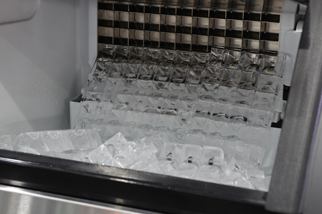
To restart your ice machine, open the ice maker. Disassemble all removable components in the ice zone and wash and sanitize to remove all mold, mildew and algae. Clean and sanitize the storage bin or dispenser along with all ice scoops, ice buckets and transport equipment. Once all components have been restored, turn on the water and power to the machine. Run two to three batches of ice then discard ice. Then resume normal ice production and allow to run for up to 24 hours prior to opening.
When checking your cooking equipment, it is important to make sure the equipment is clean. If the unit was turned off without cleaning, that can influence how the unit runs. For electric equipment, check to see if the unit is plugged in and then test. For gas equipment, confirm that the gas hose is properly connected before testing. It may take several times to ignite the units and keep them running. The gas pressure will need to build up and stay consistent. Clean and check your hood system and replace filters and replace fryer oil and filters as needed. Finally, check and calibrate ovens and ranges.
As always, check with your local authorities to ensure you have met all the requirements prior to opening.
If anything needs to be replaced, request a quote from one of our product specialists.
Get the word out!
Once you have set up your dining room and tested your equipment, use social media and send an email blast to promote the reopening.



